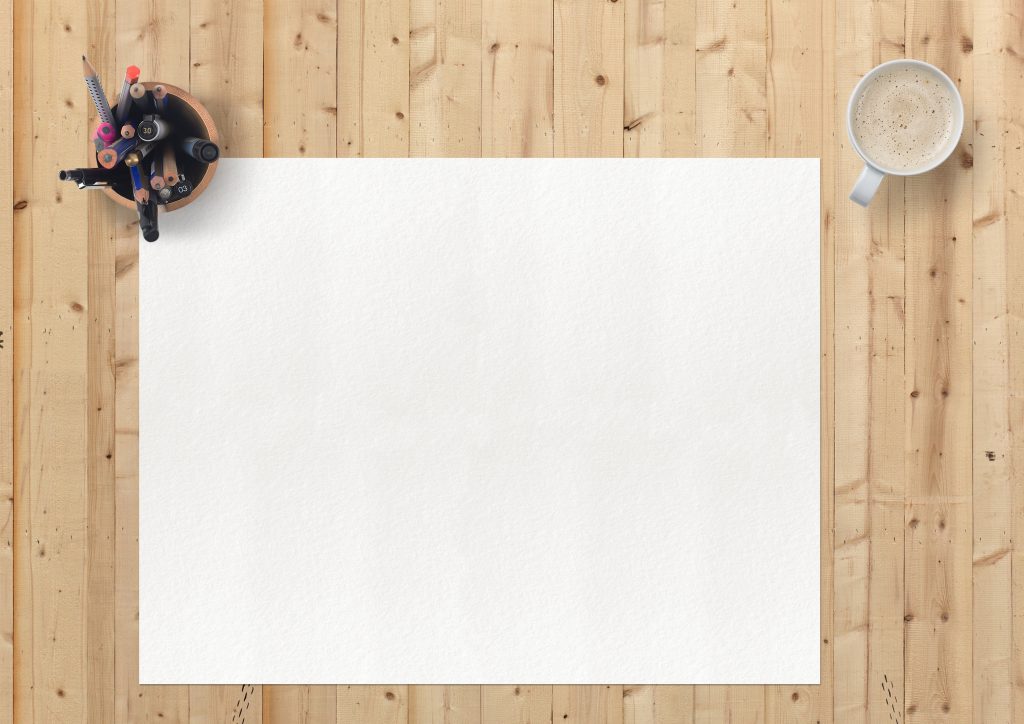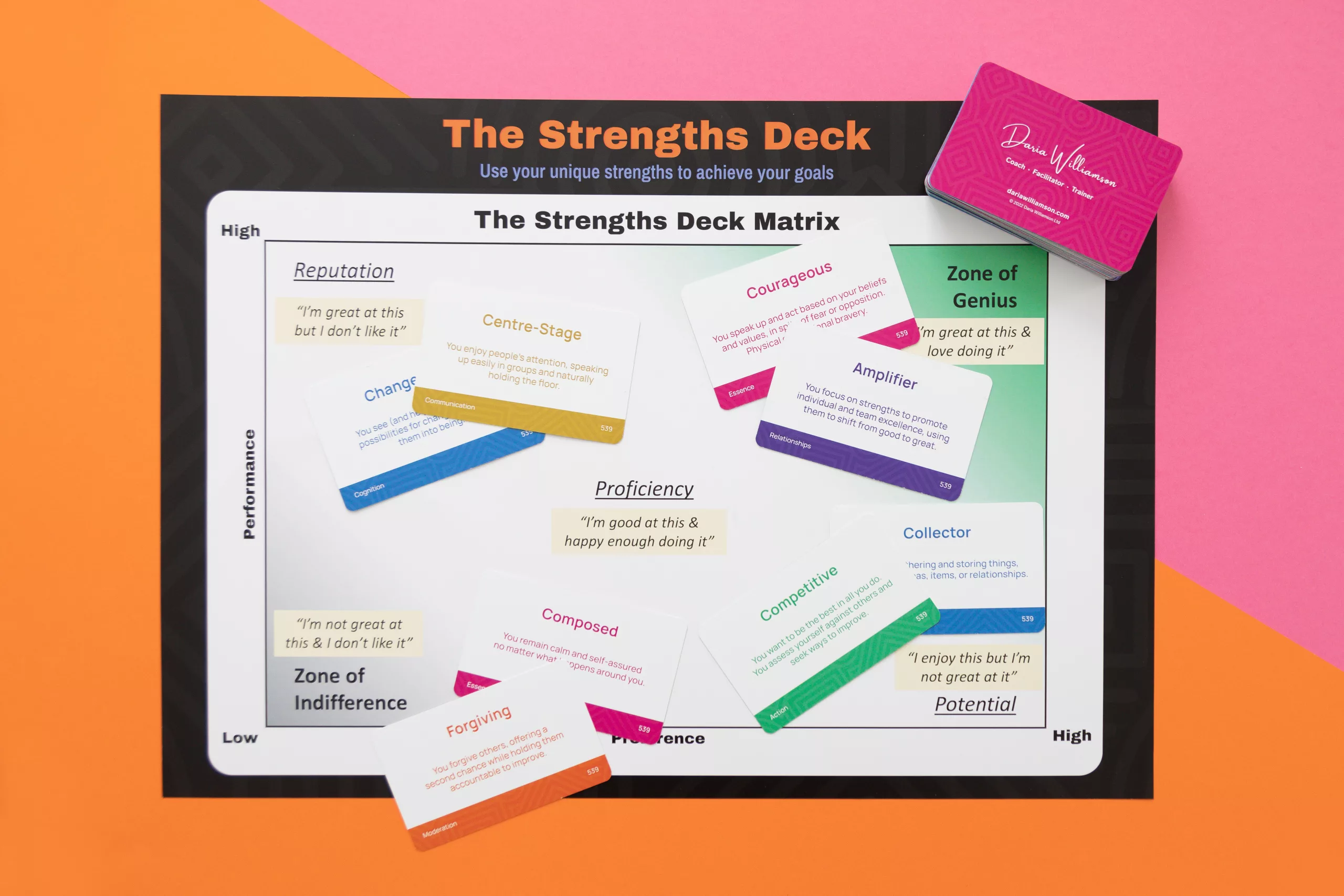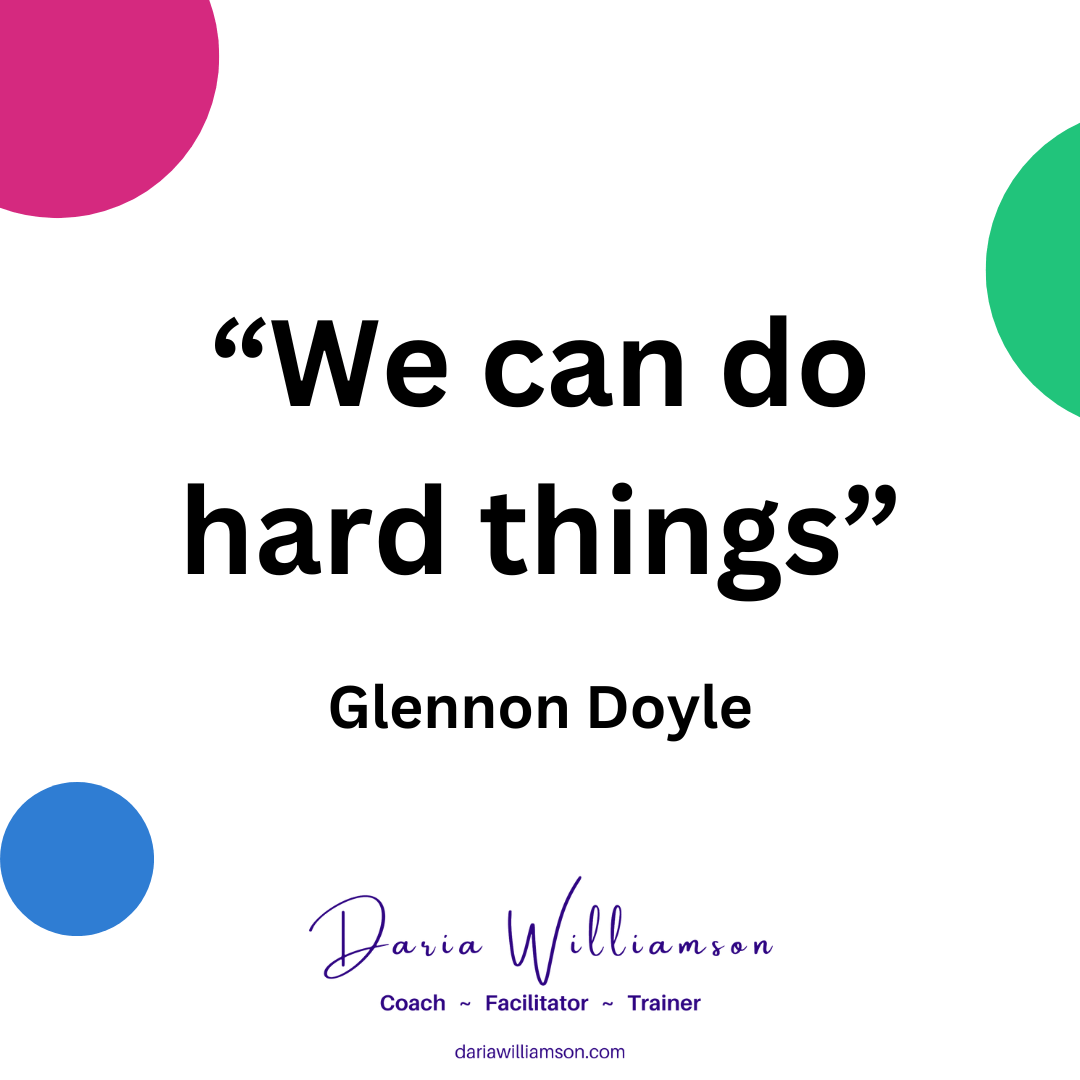New goals and New Year's Resolutions
It’s traditional at the start of the year, or in a fresh month or quarter, to think about what has been, and look for a fresh start.
This reflection and desire to start afresh often manifests as a set of “New Year’s Resolutions”. They are aspirational goals of who we want to be and what we want to achieve in the fresh and shiny new year. But you don’t have to wait until the New Year to make some resolutions or set new goals.
Are you giving up, measuring up or levelling up?
New Year’s Resolutions and other personal goals often take the form of “giving up” or “measuring up”. In “giving up”, we try to reduce/stop something. It could be something we eat or drink (e.g. coffee, sugar, alcohol) or something we do (watching TV, gossiping, complaining). In “measuring up”, we try to achieve something that can be measured externally. That could be losing weight, changing jobs, achieving a sporting goal, completing a project etc.
Setting goals can be a great way to focus our efforts and behaviour on what matters to us. But goals can distract us from what’s going on inside, or morph into monsters that drive us away from joy and connection. They also tend to have a pass/fail format. You either achieve the goal, or you have “failed”. There is no room for progression, development and setbacks on the way to mastery.
Levelling up
I believe that focusing our energy and attention on what is happening inside ourselves (mind, heart, soul, spirit or whatever other term you are comfortable with) can be a powerful way of aligning our time, efforts, money and passions. This leads to us “levelling up” as we pursue our dreams.
A new take on goals and resolutions
I’m not saying that the tradition of setting goals or making New Year’s Resolutions is bad. Although, judging by the nubmer of people who give up on their goals and resolutions within a month or two, I don’t think the process has a great track record!
It’s fair to say that a number of our traditions and “normal” approaches have been challenged in the last few years! So, in that spirit, I encourage you to take a new approach. I’d like to invite you to consider how you can apply your strengths in pursuit of your dreams.
What you need to know about strengths
I define a strength as something that you are great at and that lights you up when you’re using it.
You probably won’t use all of your strengths frequently – most of us spend a fair bit of time using our proficiencies, and that’s totally OK. In fact,
Where you really get the magic is when you are able to draw on your key strengths, and use them in new ways.
It can be tricky to identify your strengths, because they feel so natural and normal. It’s hard to believe that something so “easy” is unique to you.
I’ve also written an article covering some easy ways to identify your strengths. There are several free and paid methods for identifying your strengths – and like anything in life, they each have up-sides and down-sides.
I specialise in teaching people how to recognise and understand their strengths, and how to use them wisely and well to achieve your goals, nourish your wellbeing, and create the kind of life and work you’ve been dreaming of.
Contact me to find out more, and get started on your strengths journey.
A bit more about strengths
Our unique combination of strengths changes, and is changed by our life experiences and the situations we encounter.
- people (interpersonal) skills
- knowing and managing yourself
- how you relate to ideas
- the way you process information
- how you navigate challenges
What's so great about strengths?
Because our true strengths tend to come easily to us, we sometimes don’t value them very highly. In fact, sometimes we don’t even realise that they are strengths – we don’t realise that not everyone can do what we do.
Our culture often emphasises hard work and “no pain, no gain”. The idea of being effortlessly good at something we enjoy doing goes against the grain.
But taking a strengths-based approach is an amazing way to work and live. It offers you opportunity to be at your best on a regular basis.
Click on the “How can I identify my strengths?” heading in the box, and you’ll find a link to an article where I explain some easy ways to identify your strengths.
It’s worth re-visiting your strengths on a regular basis, as they can change over time, based on the ones you play with, and your context. I like to check in a couple of times a year, although a different frequency might work better for you.
Which strength(s) will you play with?
After you’ve read this article and identified your key strengths, you can select one or two to play with and learn more about.
I use the term “play with” because we can get way too serious if we’re always “working on” things. I like the idea of being playful, of using our creativity to come up with new approaches. In play, we shift from a focus on rules to a focus on possibilities. We can learn to hold things lightly, rather than clutching tightly to the unhelpful success/failure binary. And the best bit is that the more we play, the more we develop our capability, leading to mastery.
Think about your dreams and goals, then look at your strengths, and see if any of them jump off the page at you. These are the ones to focus on! If nothing jumps out, try a quick thought experiment. Ask yourself “What would my life be like this time next year if I spend 12 months learning how to apply this strength in new ways?” If you like any of the answers, consider selecting those strengths to play with.
Now comes the fun part – playing with those strengths! I encourage you to get in touch with your inner child, and embrace the learning process. It won’t always be easy or turn out the way you expect, but that’s OK. Perfection isn’t attainable, so we may as well have fun along the way.
Your Strengths Playbook
Get brainstorming - old and new ways to play
Take each strength in turn. List all the ways you currently use that strength – at work, at home, with friends, in your hobbies. Now write list new ways you could apply the strength. You might apply it in a new situation. For example, pick something you do really well at home, and think of how you can apply it at work (or vice versa).
Or you could find ways to use your strength to help you with an area of weakness. For example, you aren’t great at having to check your work to fix mistakes and you have a real strength for making improvements to systems and processes. How can you improve your process so you make fewer errors, or increase the speed and accuracy of the checking process?

Overcoming barriers
Think about situations which might make it tricky for you to use the strength. What could you do to overcome the barriers to using it? What other strengths could you use to help you out? Who else has a strength that might help?
Who can you learn from?
And consider how you might learn more about the strength, and ways to apply it. Who do you have around you that is really good in that strength? Ask them about their experiences, and what they wish their younger self had known. Observe how they approach their life and that area of strength.
Build your Strengths Playbook
But what about goal-setting?
So far, I haven’t mentioned goal-setting in the context of strengths. That’s because it can be tricky to set a measurable goal when it comes to many strengths.
For example, there is no externally-calibrated way to measure how strong your “relationship deepener” or “love” or “hope” strengths are. So, you need to create a way of measuring them for yourself so that you can check-in on your progress from time to time.
You know the most about your strengths
Only you can know how much and how often you apply your strengths, and which ones really get your juices flowing. They won’t always be obvious to others. That means that you’re the best person to create a personally-meaningful measurement to capture your progress.
Pick a measurement system that works for you
You might give yourself a rating out of ten for how frequently you are using your strength, or how effectively you are deploying it. You could use a traffic light system where green means you’re using it wisely and well, amber means you are under- or over-using it, and red means you’ve strayed from the strength.
Set yourself a meaningful goal then check-in regularly
Once you’ve established your unique form of measurement, you can set yourself a meaningful goal based on that measurement system. And you then decide how frequently to check in. At the start, it’s probably worth checking in weekly (or daily if that makes more sense for you and the strength you are working on). Over time, as you establish the habit of working with the strength, you can push out the check-ins to monthly (or further apart if that seems like a better fit).
The main thing is to use the goal as a reference point for your progress, not as a judgement on your self-worth. If you show me someone who has never failed on their path to mastery, I’ll show you someone who either hasn’t been honest with themselves, or who set their sights way too low and hasn’t yet even gotten close to reaching their potential!
Using strengths wisely
The path to mastery doesn’t consist solely of pushing hard with your top strengths. Learning how to play well with your strengths also includes resting them from time to time, so that they stay “fresh”. Even elite athletes need time away from training and competing – in fact, not prioritising proper rest can be a cause of failure.
It’s the same with your strengths – overuse of a strength can lead to burnout. So in your Strengths Playbook, add a section that defines situations when you’ll allow a strength to rest. For example, if you are always organising everything for everyone, you might ask a friend to organise your next catch-up – time, place, and activity. Then you can show up with your other strengths to the fore, because you’ve given yourself some “time off” from your organiser strength.
Your strengths are one of your greatest resources
It’s still a strange old world out there – simply flipping over the pages of the calendar doesn’t change many of the challenges that we face, as individuals, communities and as human beings. I am convinced that in every crisis lies opportunity, and that there is a solution to every problem, if we are bold enough to try new ways of doing things. And through all of this, your strengths are some of your greatest resources. No one can ever take them away from you, and you can use them in every aspect of your life and work.
My wish for you is that you uncover some strengths you didn’t know or had forgotten that you have, dust off some strengths that have helped you in the past, and “go confidently in the direction of your dreams!” (Henry David Thoreau). If you’d like to learn more about using your strengths, why not sign up to The Strengths Deck newsletter here?
Any discussion of personal strengths would be incomplete without me letting you know about The Strengths Deck.
I created it to put the power of strengths in your hands. If you want to learn about your unique strengths fingerprint and how to make the most of your amazing strengths, click the logo to find out more, or make a booking for your free, 30-minute call to talk about how we can get your strengths working for you.







2 thoughts on “How to use your strengths to pursue your dreams”
Pingback: Work-life balance or work-life harmony? ~ Daria Williamson - Coach, Trainer, Facilitator
Pingback: Great results: Strategy 7 – use your strengths ~ Daria Williamson - Coach, Trainer, Facilitator
Comments are closed.